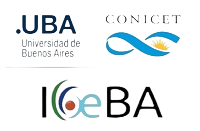Miércoles 6 de Diciembre de 2017
"INVESTIGANDO CON EMPRESAS: EJEMPLOS EN RECURSOS MINERALES"
Disertante: Dr. Diego Guido
Investigador Independiente del CONICET en INREMI (Instituto de Recursos Minerales - La Plata).
Profesor Adjunto de la Cátedra de Geología de Yacimientos
(Facultad de Ciencias Naturales y Museo - Universidad Nacional de La Plata).
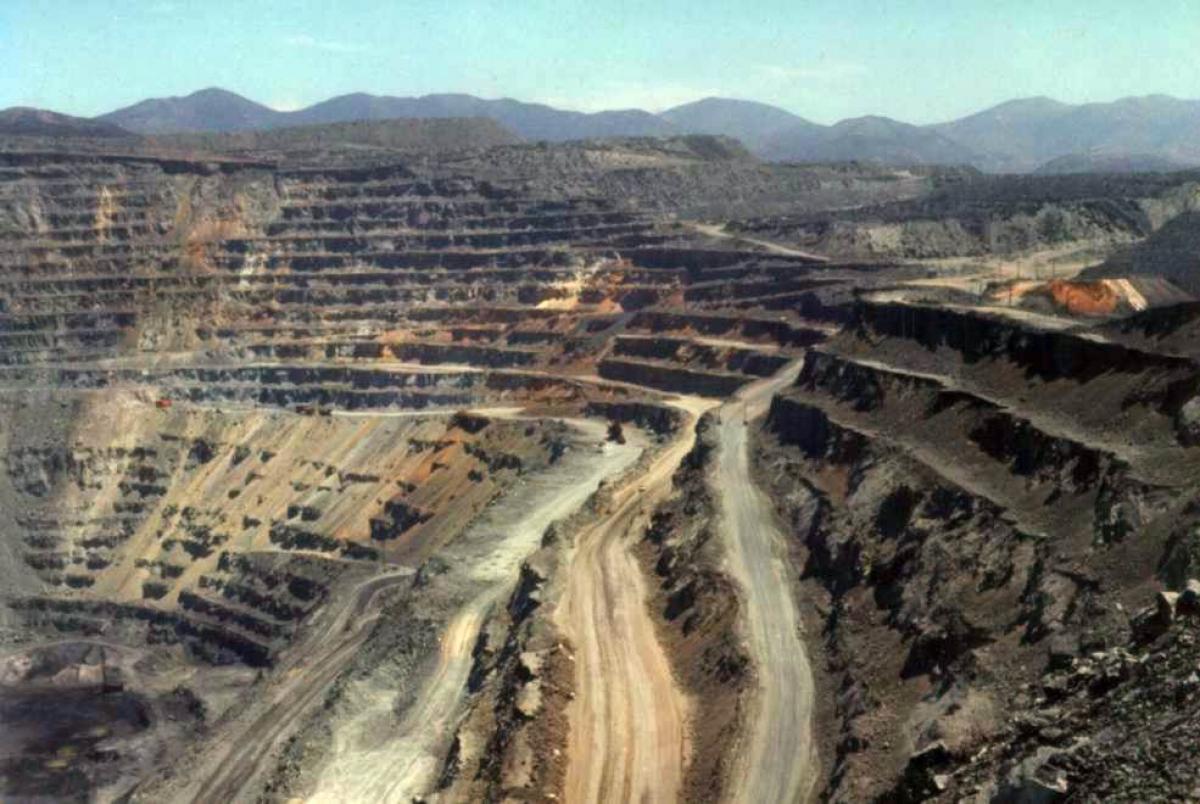
Fecha: Miércoles 6 de Diciembre de 2017
Horario: 15:00 hs.
Lugar: Aula Aguirre (número 38).
Duración: de 30 a 45 minutos.
Los esperamos con café y galletitas de por medio.
Martes 31 de octubre de 2017
“MODERN VERSUS ANCIENT CONTROLS ON SEDIMENTARY SYSTEMS;
THE PRESENT IS NOT ALWAYS THE KEY TO THE PAST"
Disertante: Dr. Poppe de Boer
Professor in Sedimentology at Utrecht University
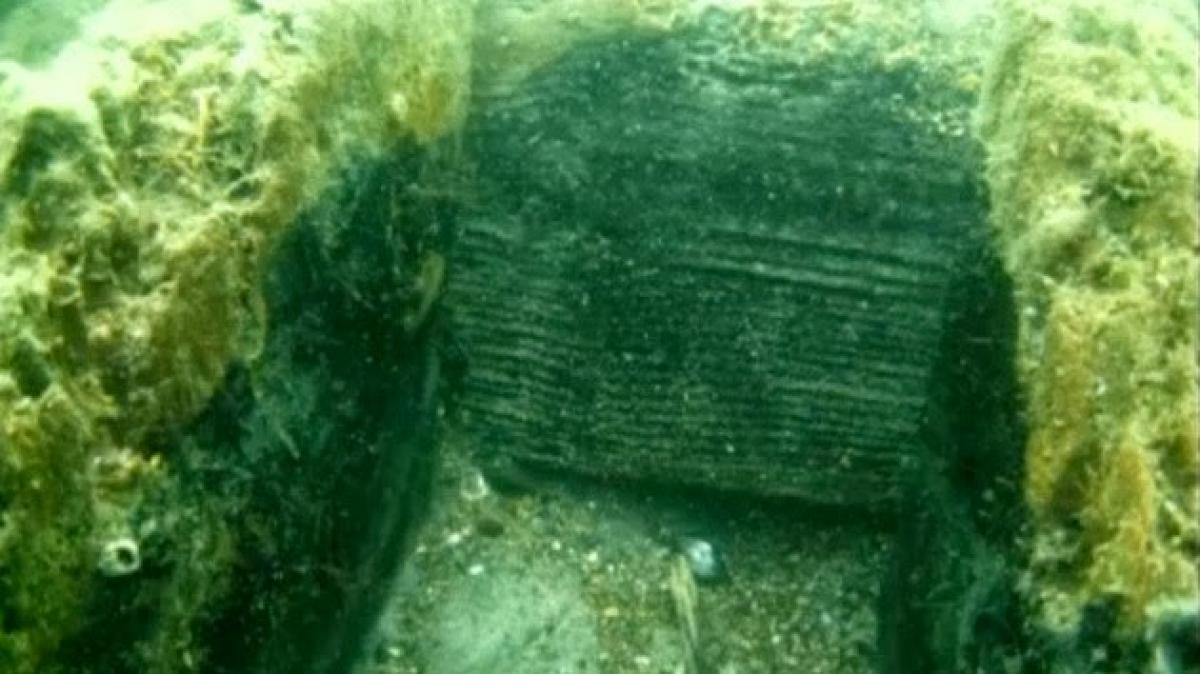
The basic idea of uniformitarianism dating back to the late 18th century - when Hutton, Whewell, Lyell and others proposed the idea of uniformitarianism in contrast to catastrophism. The idea is that physical and chemical laws have not changed, and that in the distant past sedimentary processes have acted as they do today. However, obviously all kinds of controls have changed and varied in the course of geological time. E.g. the rate of eustatic sea-level change has varied, with rates up to a metre per 100 years during icehouse periods and rates several orders of magnitude (s)lower during greenhouse periods. Such differences lead to a different response of sedimentary systems.
Why is the Black Sea the only present-day example fitting the so-called Black Sea Model for anoxia and black shale deposition? Why is extensive anoxia, as in the North Atlantic and Tethys Oceans during the middle Cretaceous, not encountered in present-day oceans? Why is there a dominance of reports of orbital cyclicity from the Cretaceous?
Is the absence of recent analogues for Saline Giants as in the Mediterranean during the Miocene and in the Permian Paradox Basin accidental or due to different conditions in those days?
The present-day Earth’s surface with high mountains (Himalaya, Andes) is not representative for various other parts of the geological record; for example, after the break-up of Pangea major plate collisions were largely absent, with consequences for the continental relief and the character and extent of terrestrial and shallow marine environments. Such differences may explain biological evolutionary trends and the occurrence of sedimentary facies without recent analogues such as lithographic limestones.
Poppe de Boer
Poppe de Boer is emeritus Professor in Sedimentology at Utrecht University. He was IAS Treasurer from 1986-1994 and IAS President from 2010-2014. He published on a wide variety of topics among which tide-influenced sedimentary facies, orbital signals in sedimentary successions, organic-rich facies. He co-edited volumes on "Tide-influenced sedimentary environments and facies" (1988), "Orbital forcing and cyclic sequences" (IAS SP 19, 1994), "Analogue and numerical forward modelling of sedimentary systems; from understanding to prediction" (IAS SP 40, 2008), and on "Phanerozoic black shales and oceanic anoxic events: geochemistry, sedimentology and stratigraphy" (2012). Current research interests concern catastrophic events, today’s developing greenhouse, tidal facies, and sedimentary systems in arid environments.
Fecha: Martes 31 de octubre de 2017.
Horario: 14:00hs.
Lugar: Aula Aguirre (número 38).
Duración: 45 minutos.
Los esperamos con café y galletitas de por medio.
Miércoles 25 de octubre de 2017
"TIDE-INFLUENCED SEDIMENTARY SYSTEMS: PROCESSES AND PRODUCTS, SENSITIVITY TO OTHER CONTROLS"
Disertante: Dr. Poppe de Boer
Professor in Sedimentology at Utrecht University
The ocean tide has been active since the early days of our planet, and has influenced the character of a variety of marine sedimentary systems. Features like tidal resonance and amphidromic systems may amplify the tide, and local controls, such as basin subsidence, sediment composition and vegetation may greatly affect the character of the sedimentary record. An overview will be given and prominent questions will be discussed.
Poppe de Boer is emeritus Professor in Sedimentology at Utrecht University. He was IAS Treasurer from 1986-1994 and IAS President from 2010-2014. He published on a wide variety of topics among which tide-influenced sedimentary facies, orbital signals in sedimentary successions, organic-rich facies. He co-edited volumes on "Tide-influenced sedimentary environments and facies" (1988), "Orbital forcing and cyclic sequences" (IAS SP 19, 1994), "Analogue and numerical forward modelling of sedimentary systems; from understanding to prediction" (IAS SP 40, 2008), and on "Phanerozoic black shales and oceanic anoxic events: geochemistry, sedimentology and stratigraphy" (2012). Current research interests concern catastrophic events, today’s developing greenhouse, tidal facies, and sedimentary systems in arid environments.
Fecha: Miércoles 25 de octubre de 2017.
Horario: 15:00hs.
Lugar: Aula Aguirre (número 38).
Duración: 45 minutos.
Los esperamos con café y galletitas de por medio.
Jueves 28 de septiembre de 2017
PROCESOS MORFOSEDIMENTARIOS MARINOS: EL MARGEN CONTINENTAL ARGENTINO COMO UN EJEMPLO "DE LIBRO"
Disertante: Dr. Roberto A. Violante
Director de Proyectos del Régimen Científico-Técnico del Ministerio de Defensa
Jefe de la Sección Geología Marina del Servicio de Hidrografía Naval
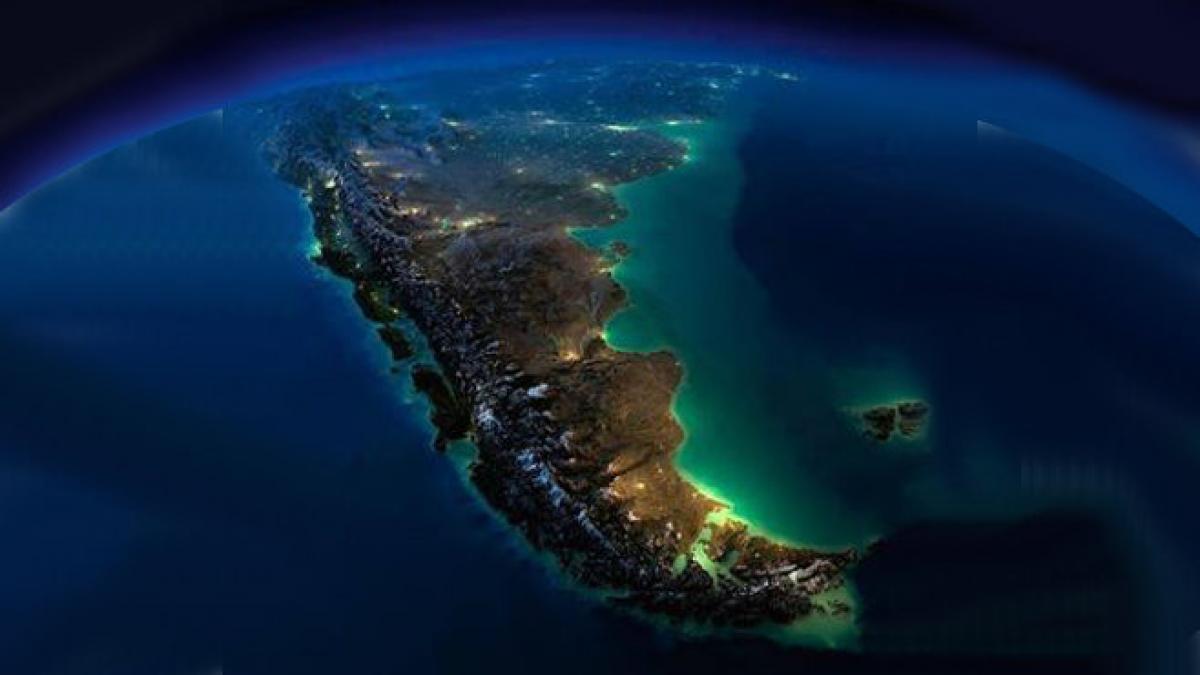
Fecha: Jueves 28 de septiembre de 2017
Horario: 11:00hs.
Lugar: Aula Aguirre (número 38).
Duración: 45 minutos.
Los esperamos con café y galletitas de por medio.
Miércoles 30 de agosto de 2017
"MINERALES Y ROCAS EN SAN PETERSBURGO Y UN MAPA JOYA, JOYA, JOYA"
Disertante: Dr. José Sellés Martínez
Profesor del Departamento de Ciencias Geológicas.
Universidad de Buenos Aires.
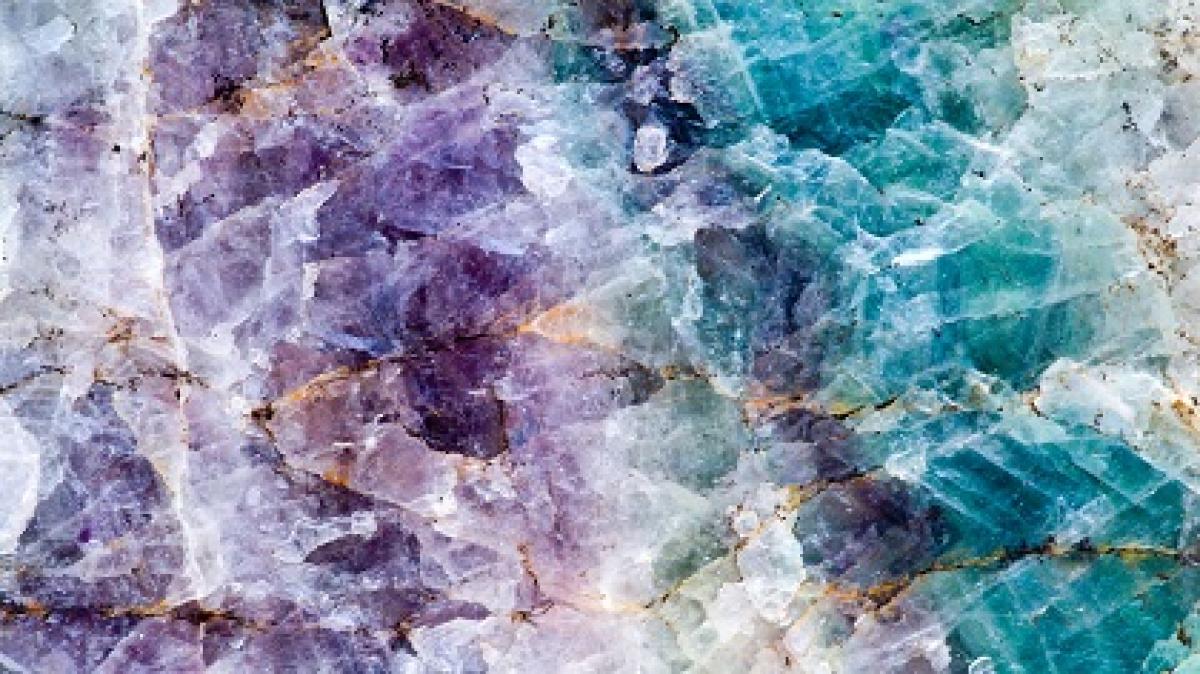
Fecha: miércoles 30 de agosto de 2017.
Horario: 11:00hs.
Lugar: Aula Aguirre (número 38).
Duración: de 30 a 45 minutos.
Los esperamos con café y galletitas de por medio.
Viernes 23 de junio de 2017
PANGEA B OR NOT TO B?"
Disertante: Dr. Valerian Bachtadse
Profesor de la Ludwig-Maximilians-University München, Alemania.
Fecha: viernes 23 de junio de 2017.
Horario: 11:00hs.
Lugar: Aula Aguirre (número 38).
Duración: 45 minutos.
Los esperamos con café y galletitas de por medio.
Miércoles 14 de junio de 2017
"DESAFÍOS PROFESIONALES PARA LA GESTIÓN MEDIOAMBIENTAL EN LA
MINERÍA METALÍFERA"
Disertante: Lic. Daniel Pérez Martínez
Lic. en Ciencias Biológicas (UNP)
Posgrado en Cs. Sociales (Univ. de Quilmes)
Diplomatura en Manejo del Agua para El Sector Minero.
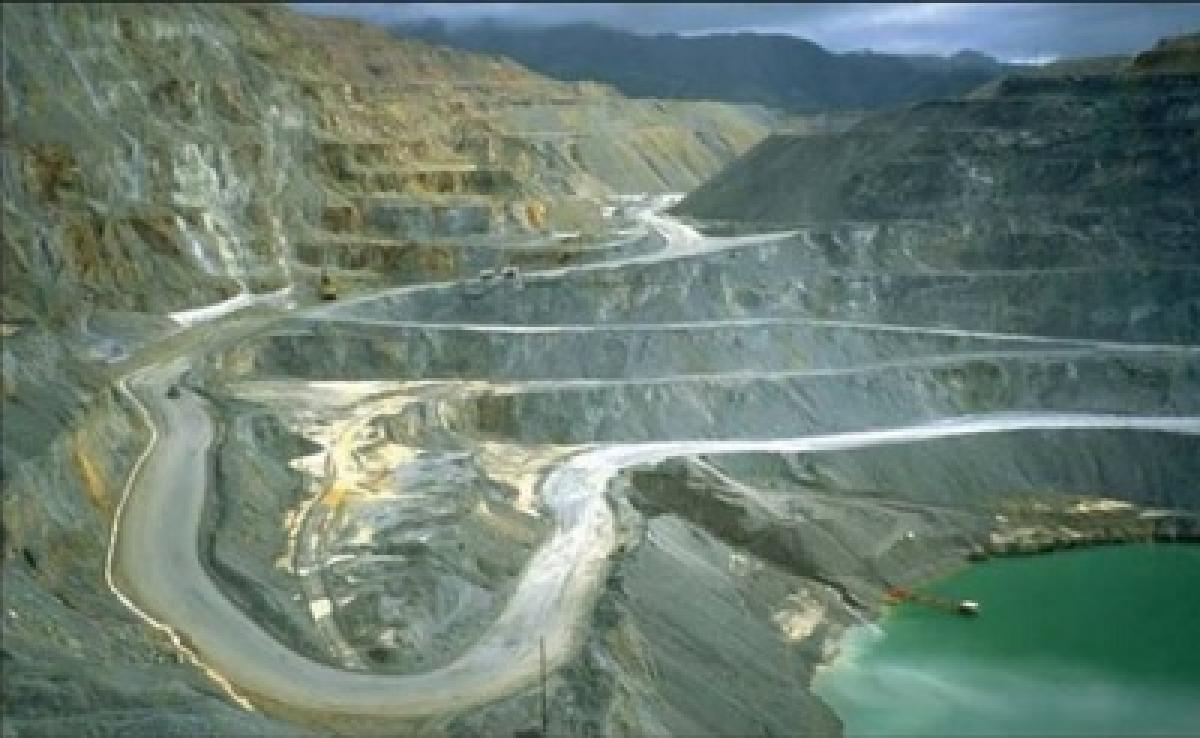
Fecha: miércoles 14 de junio de 2017
Horario: 11:00hs
Lugar: Aula Aguirre (número 38)
Duración: de 30 a 45 minutos
Los esperamos con café y galletitas de por medio.
Viernes 2 de junio de 2017
"RESERVAS Y RECURSOS DE HIDROCARBUROS. EL VALOR REAL DE UNA EMPRESA"
Disertante: Lic. Daniel E. Pérez
Licenciado en Ciencias Geologicas.
Postgrado en Ing. del Pertroleo.
Fecha: viernes 2 de junio de 2017
Horario: 11:00 hs.
Lugar: Aula Aguirre (número 38).
Duración: de 30 a 45 minutos.
Los esperamos con café y galletitas de por medio.
Miércoles 10 de mayo de 2017
"¿DE VERDAD? ¿VOS TODAVÍA CREES QUE LA TIERRA ES REDONDA?
Avances de la ciencia y retrocesos de la sociedad en el conocimiento de la forma y tamaño de la Tierra"
Disertante: Dr. José Sellés Martínez
Profesor del Departamento de Ciencias Geológicas
Universidad de Buenos Aires
Fecha: miércoles 10 de mayo de 2017
Horario: 11:00hs
Lugar: Aula Aguirre (número 38)
Duración: 1 hora
Los esperamos con café y galletitas de por medio.
Viernes 21 de Abril de 2017
"ECOLOGÍA ISOTÓPICA EN LA PUNA SECA"
Disertante: Dra. en Arqueología Celeste T. Samec
Becaria Posdoctoral de Conicet
Instituto de Geocronología y Geología Isotópica (INGEIS)
Fecha: Viernes 21 de Abril.
Horario: 11:00 hs.
Lugar: Aula Aguirre (número 38).
Duración: de 30 a 45 minutos.
Los esperamos con café y galletitas de por medio.
Martes 11 de abril de 2017
"INVESTIGACIONES GEOMORFOLÓGICAS CON BASE EN FOTOGRAMETRÍA A PARTIR DE DRONES: VOLCÁN TURRIALBA, COSTA RICA"
Disertante: Dr. Paulo Ruiz Cubillo
Geólogo de la Unidad de Gestión y Evaluación de la Red Vial Nacional en
Lanamme-UCR y Profesor del Curso de Vulcanología en la Escuela Centroamericana
de Geología de la Universidad de Costa Rica.
Fecha: martes 11 de abril
Horario: 11:00hs
Lugar: Aula Aguirre (número 38)
Duración: de 30 a 45 minutos
Los esperamos con café y galletitas de por medio.
Viernes 17 de marzo de 2017
"GLACIATION DURING THE LATE PALEOZOIC ICE AGE"
Disertante: Dr. John L. Isbell
Department of Geosciences
University of Wisconsin-Milwaukee
Estados Unidos
Fecha: viernes 17 de marzo.
Horario: 14:00hs.
Lugar: Aula Amos (EP número 36).
Duración: de 30 a 45 minutos.
Los esperamos con café y galletitas de por medio.
Lunes 6 de marzo de 2017
"THE HIMALAYA UNDERWATER: ENVIRONMENTAL MAGNETISM AND DEEP OCEAN DRILLING ON THE MIDDLE BENGAL FAN (8°N)"
Disertante: Dr. Peter A. Selkin
Associate Professor
Division of Science and Mathematics
School of Interdisciplinary Arts and Sciences
University of Washington Tacoma
Fecha: lunes 6 de marzo de 2017
Horario: 14:00hs.
Lugar: Aula Aguirre (número 38)
Duración: de 30 a 45 minutos.
Los esperamos con café y galletitas de por medio.
